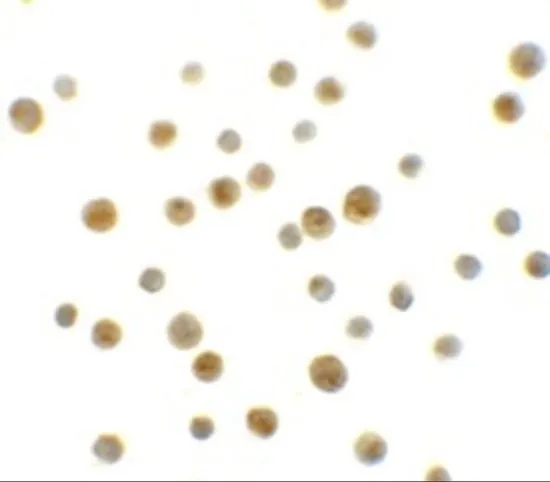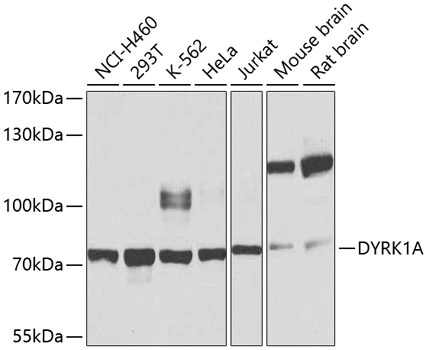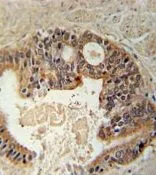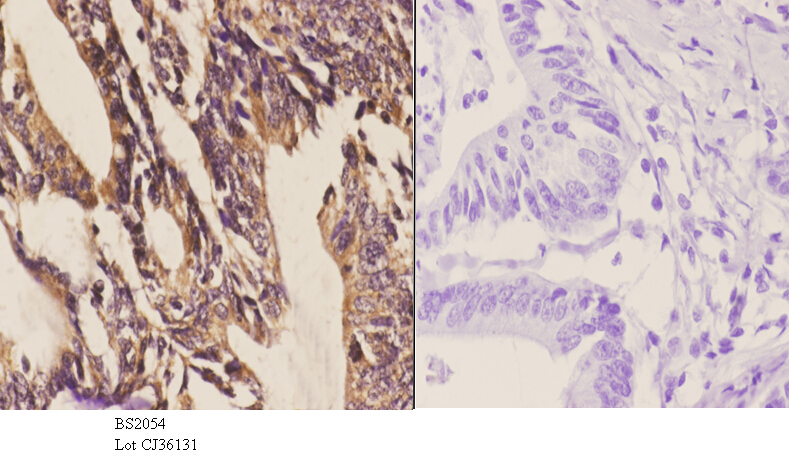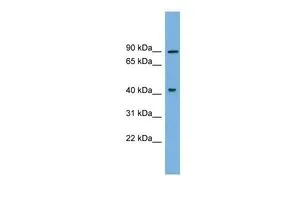
WB analysis of ACHN cells using GTX46524 DYRK1A antibody at 0.2-1microg/ml.
DYRK1A antibody, N-term
GTX46524
ApplicationsWestern Blot
Product group Antibodies
TargetDYRK1A
Overview
- SupplierGeneTex
- Product NameDYRK1A antibody, N-term
- Delivery Days Customer9
- Application Supplier NoteWB: 0.2-2.5 ug/ml. *Optimal dilutions/concentrations should be determined by the researcher.Not tested in other applications.
- ApplicationsWestern Blot
- CertificationResearch Use Only
- ClonalityPolyclonal
- Concentration0.5-1 mg/ml
- ConjugateUnconjugated
- Gene ID1859
- Target nameDYRK1A
- Target descriptiondual specificity tyrosine phosphorylation regulated kinase 1A
- Target synonymsDYRK, DYRK1, HP86, MNB, MNBH, MRD7, dual specificity tyrosine-phosphorylation-regulated kinase 1A, MNB/DYRK protein kinase, dual specificity YAK1-related kinase, dual specificity tyrosine-(Y)-phosphorylation regulated kinase 1A, mnb protein kinase homolog hp86, protein kinase minibrain homolog, serine/threonine kinase MNB, serine/threonine-specific protein kinase
- HostRabbit
- IsotypeIgG
- Protein IDQ13627
- Protein NameDual specificity tyrosine-phosphorylation-regulated kinase 1A
- Scientific DescriptionThis gene encodes a member of the Dual-specificity tyrosine phosphorylation-regulated kinase (DYRK) family. This member contains a nuclear targeting signal sequence, a protein kinase domain, a leucine zipper motif, and a highly conservative 13-consecutive-histidine repeat. It catalyzes its autophosphorylation on serine/threonine and tyrosine residues. It may play a significant role in a signaling pathway regulating cell proliferation and may be involved in brain development. This gene is a homolog of Drosophila mnb (minibrain) gene and rat Dyrk gene. It is localized in the Down syndrome critical region of chromosome 21, and is considered to be a strong candidate gene for learning defects associated with Down syndrome. Alternative splicing of this gene generates several transcript variants differing from each other either in the 5 UTR or in the 3 coding region. These variants encode at least five different isoforms. [provided by RefSeq, Jul 2008]
- Storage Instruction-20°C or -80°C,2°C to 8°C
- UNSPSC12352203

